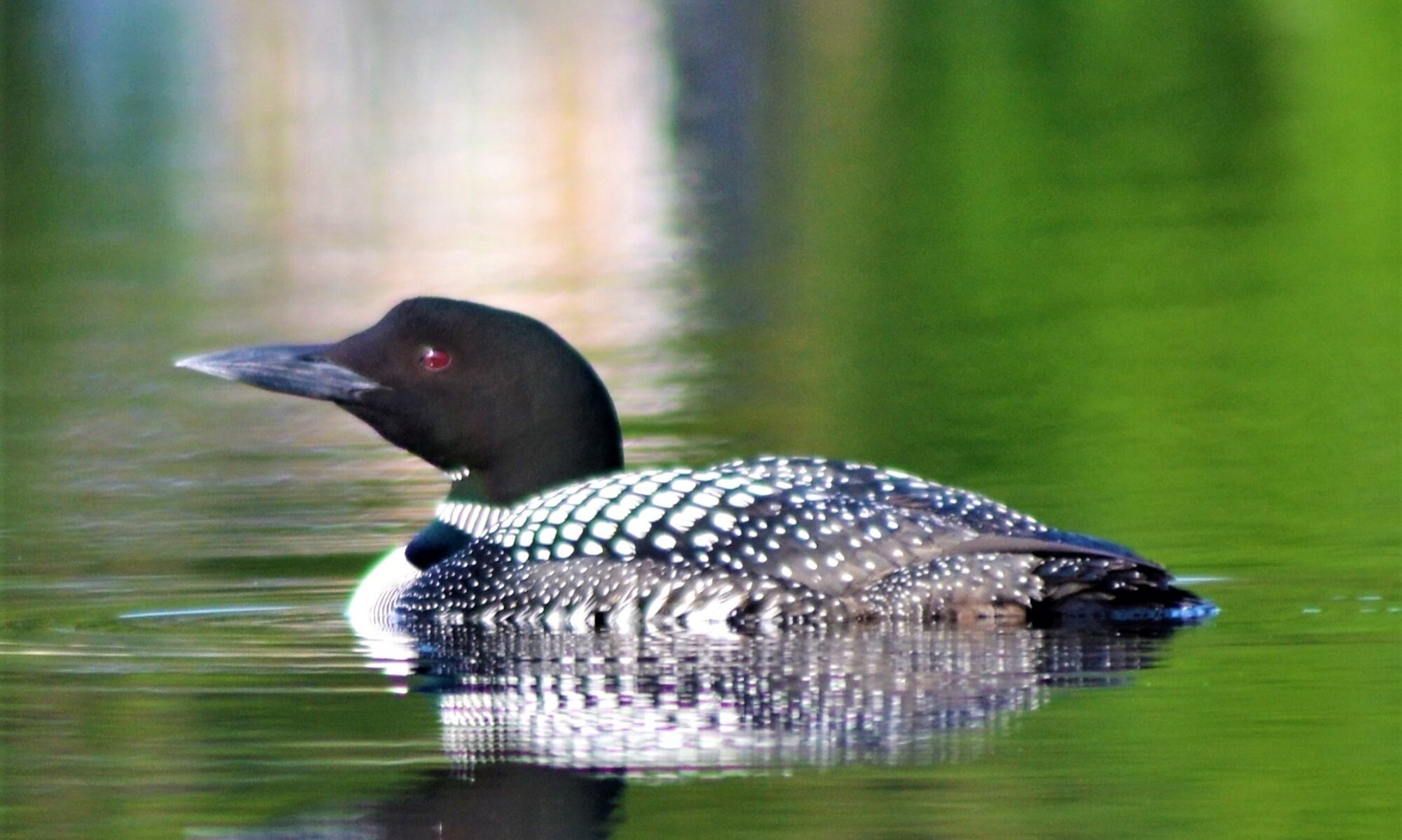Found Key Fob
A cup cup holder floating in the lake with a Yamaha key fob in it was found this weekend.
Please email rachel@lilylake.site to put you in touch with the person that found it.
Michigan Lake and Stream Newsletter
Swimmer’s Itch
From PLM to Lake Rep Dale Price
Dale,
Swimmer’s itch is a natural occurrence throughout water bodies all over the world. Its a life cycle of a flatworm that goes from waterfowl to snails. Unfortunately they find their way into humans where they die and can cause an irritation. You can’t do anything treatment wise, but wearing sport sunscreen that doesn’t wash off can put an extra layer the cercaria can’t penetrate. Also showering after swimming helps. Swimming in the middle of the lake also helps because the cercariae float towards shore where the wind blows in the top foot of water. Hopefully this helps.
The state of Michigan does not allow for treatment for swimmers itch.The state of Michigan does not allow for treatment for swimmers itch.
New Sonar Test Results
The buoy is here!
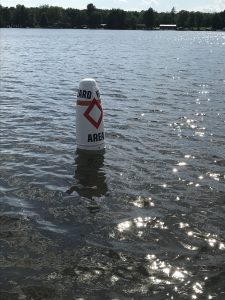
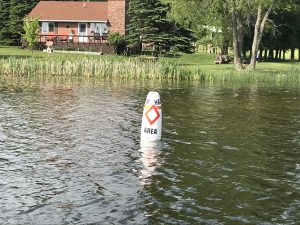
Point on East side of Lily Lake
– Near Shower’s property
Because the water is so high, a couple of boaters have hit their motors on rocks that were previously visible when the water is lower. To avoid any additional damage to boats and or their motors, a marker buoy and a hazard area label have been ordered to be placed in that area.
Update of update on Lake
First off sorry for so many posts in one day. We won’t normally have such a high post volume, but evidently some people had some concerns about the conditions on the lake.
Per PLM
“Bre and I looked over the lake and don’t see any reason to be concerned. We noticed some development going on around the lake along with beaches having sand that potentially washed into the lake and is being carried by the current/wind. We observed no smell or oil residue. Let me know if you have any more questions or concerns. We are here to help!”
Lake treatment info May 6, 2020

Stay Home Garlic Mustard Pull

Stay Home Garlic Mustard Pull
April 24th-May 31st
|
|
|
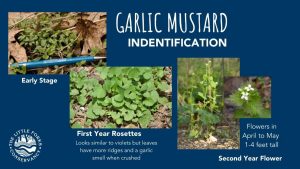
REMOVAL AND DISPOSAL
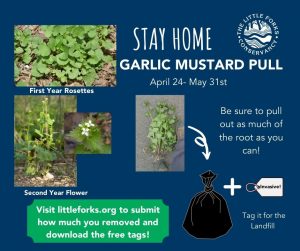
|
|
|
|
|
|
|
|
|
|
